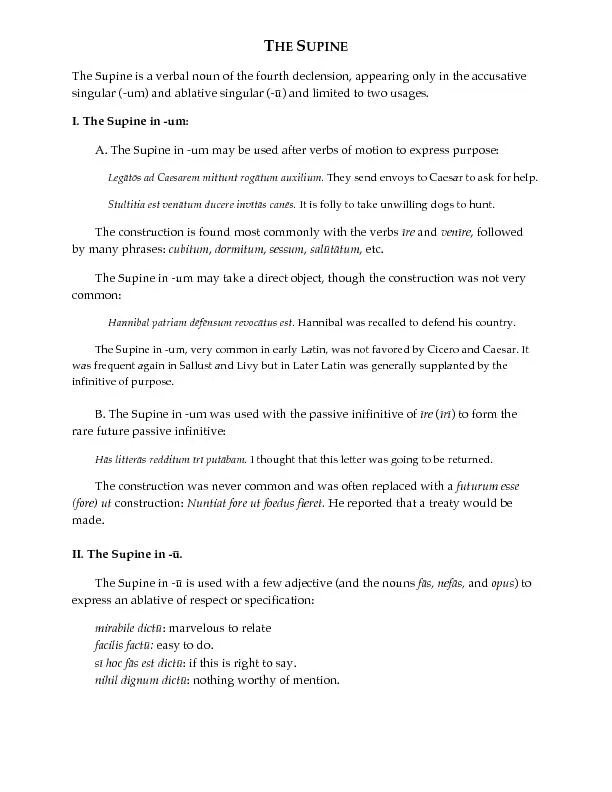PPT-Positioning A Patient Horizontal Recumbent or Supine Position
Author : marina-yarberry | Published Date : 2018-11-09
Used for examination or treatment of the front or anterior part of the body Patient lies flat on back with legs slightly apart One small pillow is allowed under
Presentation Embed Code
Download Presentation
Download Presentation The PPT/PDF document "Positioning A Patient Horizontal Recumbe..." is the property of its rightful owner. Permission is granted to download and print the materials on this website for personal, non-commercial use only, and to display it on your personal computer provided you do not modify the materials and that you retain all copyright notices contained in the materials. By downloading content from our website, you accept the terms of this agreement.
Positioning A Patient Horizontal Recumbent or Supine Position: Transcript
Download Rules Of Document
"Positioning A Patient Horizontal Recumbent or Supine Position"The content belongs to its owner. You may download and print it for personal use, without modification, and keep all copyright notices. By downloading, you agree to these terms.
Related Documents














